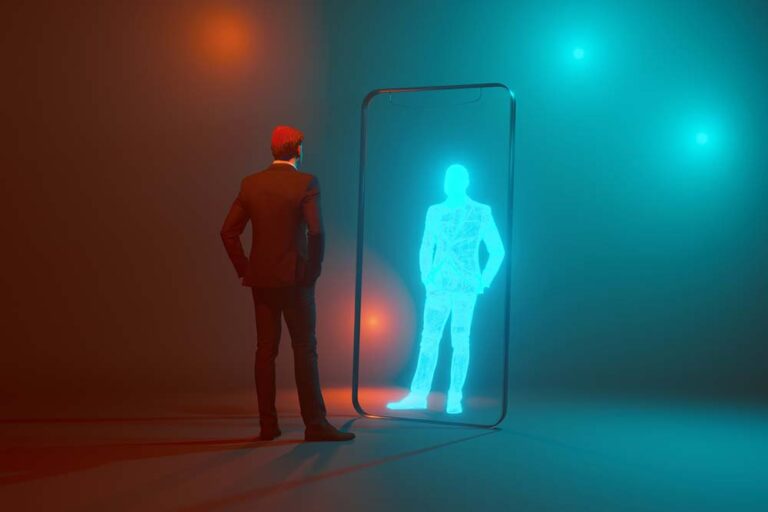Last week, I was talking to a sales leader who wanted more out of his career. During our conversation, he said, “I love to rise to the occasion.”
That remark made me think about how often we celebrate high-profile successes without acknowledging the behind-the-scenes work that made them possible. I’m thinking of the hours spent staying up to speed on industry trends, the daily practices, quiet reflections, and emotional control. For leaders, opportunity can knock at any moment. Whether it is a last-minute request to lead a stalled project or to fill an unexpected leadership gap, the way we prepare, show up, and follow through determines whether we soar or stumble. Equally important is recognizing when the moment is better suited for someone else to shine.
That may sound counterintuitive in a world that champions visibility, decisiveness, and charisma. But the truth is, one of the most powerful qualities in a leader is the ability to discern when it’s their moment—and when it’s not. And like most leadership lessons, it’s not always obvious when you’re in it. It takes self-awareness, courage, and trust in your team.
The Tom Cruise Effect
Take Tom Cruise, for example. As one of Hollywood’s most bankable stars, he could easily dominate every frame of the movies he produces and headlines. But watch his recent “Mission: Impossible” films closely and you’ll notice a deliberate pattern: Cruise creates space for the ensemble to shine. From Simon Pegg’s nervous brilliance to Rebecca Ferguson’s steely elegance and Hayley Atwell’s agile unpredictability, he knows the story is stronger when everyone contributes.
The same is true in leadership.
Yes, there are moments when you need to step up, set the vision, and take the tough calls. The moments when your team needs to see that you trust them to rise carry similar weight. That means knowing when to hand off the spotlight and support from the wings because your job isn’t to be the hero. It’s to build heroes.
Discerning the Moment
Knowing when to step up — or step back — is critical for any leader who wants to build others up. Ask yourself:
- Is this a visibility or growth opportunity?
- If the situation demands your credibility or strategic connections, take the lead.
- But if it’s a chance for someone on your team to stretch and grow, hand them the spotlight.
- Who’s closest to the issue?
- The person with the most context often owns the best solution.
- Your role may be to remove obstacles and provide support rather than take center stage.
- Does your involvement build or block long-term capacity?
- Will stepping in now solve only the short-term problem but stall someone’s development?
- Or would stepping back give an emerging leader room to rise?
- Read the room (and the roster).
- If someone’s already demonstrated competence and enthusiasm, let them run with it. Your behind-the-scenes support can be more impactful than taking over.
- Stay anchored in purpose, not ego.
- Stepping back isn’t shirking responsibility. It’s prioritizing the mission over personal visibility.
- As Tom Cruise shows in Mission: Impossible, creating space for your colleagues to shine multiplies the impact of the entire team.
Unexpected Opportunity, Lasting Impact
A client I coach, a C-Level leader at a private equity-backed company, shared a story about a crisis that happened last week. She prepared to jump in and lead the charge, but paused when she saw her operations director taking control, organizing response teams, and communicating cross-functionally.
Instead of swooping in, she stepped back and asked, “What do you need from me to make this successful?” Her director led with confidence and resolved the crisis within hours. On Monday morning, her boss commended her leadership. She redirected the credit. “It was his moment. I just got out of the way.”
The best leaders know that sharing the spotlight doesn’t dim their own. Whether it’s a seasoned team member ready for their breakthrough or a quiet voice with a game-changing insight, the ability to step back with intention can be the very thing that propels your team forward.
Moments Make a Leader
These moments are more than just situational decisions. They reveal and shape your leadership identity. They are tests of ego, humility, and judgment. Over time, the choices you make in these moments create the culture around you. If you’re consistently the first to speak out with an opinion, others may hesitate to raise their hands. But if you’re intentional about when and how you show up, you empower a team that knows how to lead even when you’re not in the room.
Leadership isn’t a performance; it’s a pattern. And patterns are built in invisible moments just as much as the public ones.
We often think of “rising to the occasion” as a spontaneous act of courage. But the truth is, the ability to rise or to recognize someone else’s opportunity to shine doesn’t begin in the moment. It starts well before, in the preparation, the mindset, and the clarity of purpose you bring to your role every day.
What’s a moment when you had to rise to the occasion? Or when did you step back to lift someone else instead?
Share your experience in the comments. I’d love to learn from your journey.
This blog is the first part of a duet. Read part two here to learn how to cultivate readiness, rise with intention, and ensure your leadership impact lasts long after the moment has passed.







